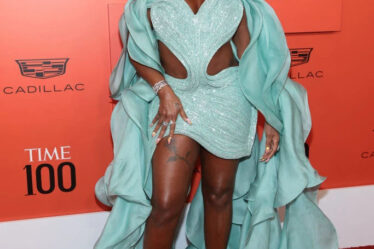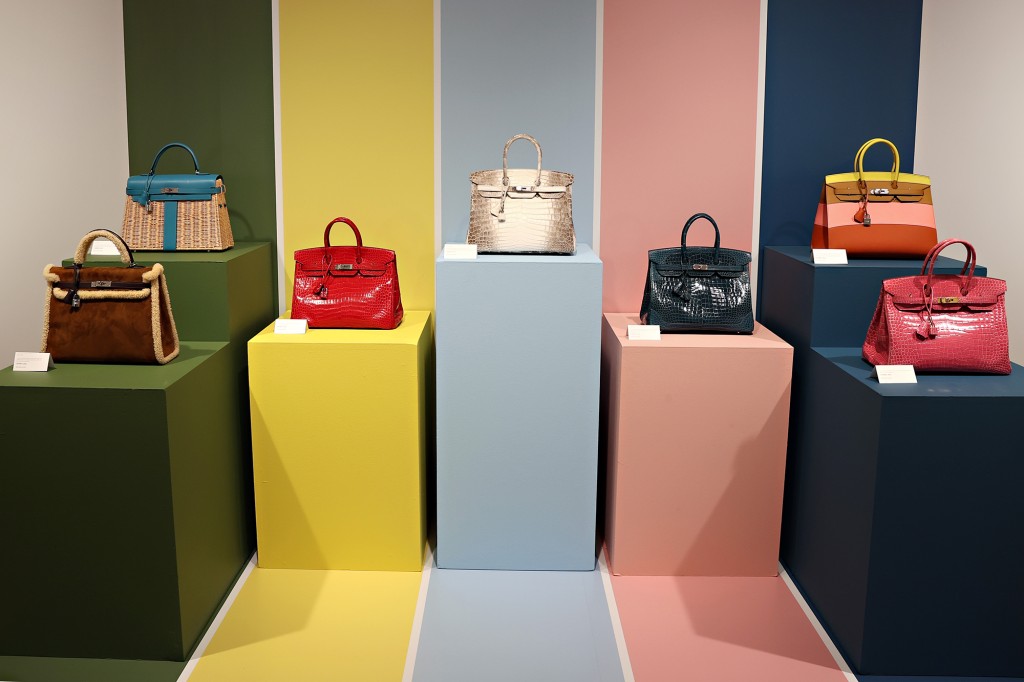
Rich women across the world have a secret way of making big bucks: selling their castoffs on the QT.
According to Ben Hemminger, founder of upscale reseller Fashionphile, “They have more bags than they need or want, so they get rid of them to make room in the closet — or to justify buying another one, and to hide it from their significant other,” he told The Post.
It takes a lot of wealthy women to keep Fashionphile’s Hermès stock at its usual levels: 400 or so Birkin bags and 200 slightly cheaper Kellys at any one time. And it costs Hemminger heftily, too. Two years ago, he bought a Himalaya-edition Birkin with ultra-rare hand-painted finish — original retail price $50,000 — from one woman for $100,000.
He then sold it on the site for $150,000. Recently, it cost him $180,000 to buy a similar bag from a different client; he sold that one for $230,000. Fashionphile isn’t too snooty to handle relatively cheaper secondhand treats, too, like a Vuitton cardholder; these cost $250 at the LV store but are regularly out of stock.
“Even at $450, that flies off our shelves in two days,” Hemminger said.
One of his wealthy clients admitted to The Post that she is easily bored by the assortment of designer bags in her closet.
“I’ve always had a knack for fashion, but also have a pretty big shopping addiction,” the wealthy client said. “I would go into the Chanel boutique to buy brand new bags all the time, but I was always looking for ways to transition things out of my closet and bring in new ones.”
Over the last seven years, she’s sold top-tier purses regularly to Hemminger’s team, like a Birkin 25cm bag that cost her just over $10,000, retail, from Hermès. “I think I made a $1,000 profit, or maybe it was $2,000 or something,” she said of selling it on Fashionphile.
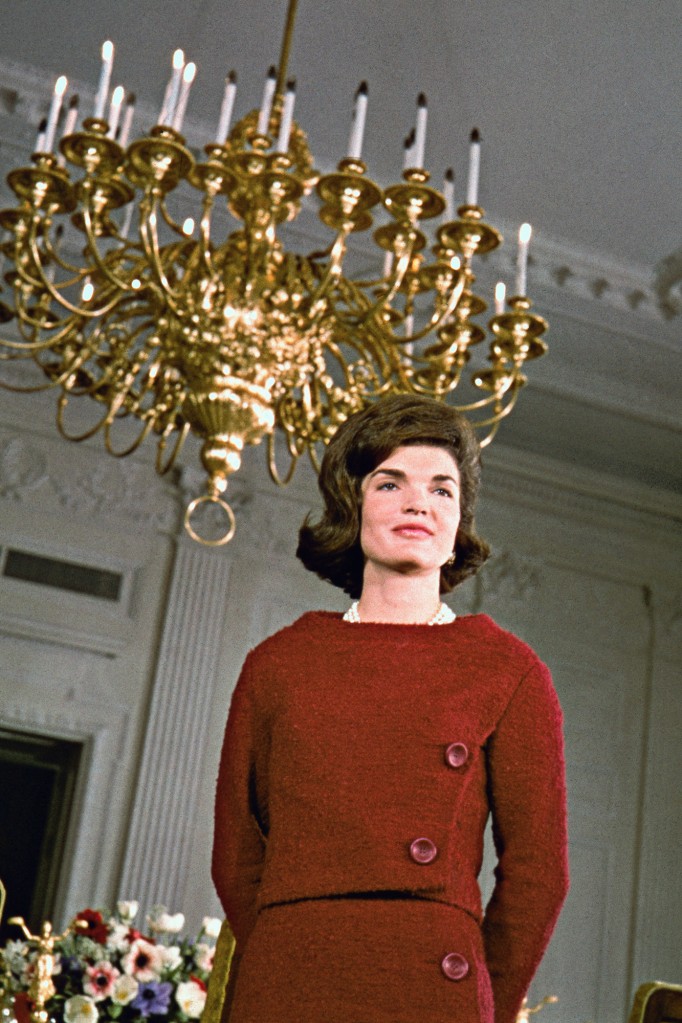
Dealers say there are also women keen to spend but kept on tight reins by their penny-
watching spouses.
It’s not a new idea, of course. Jackie Onassis was the OG of VIP “recommerce.” When she wed the tight-fisted shipping magnate Aristotle Onassis, she spent more than a million bucks on outfits in the first year; he responded by slashing her spending allowance to just $30,000 per month. With no cash, but plenty of cachet, Jackie turned to liquidating her closet on the downlow to help float her shopping habits.
The way it works now is, if there’s a wealthy woman agonizing over whether she should — or could get away with — putting a pricey purse on her black AmEx, the sales associate leans in to whisper a suggestion: Perhaps she has an older bag at home she could sell, and then buy this new treat for cash? He could recommend a great place to do that, too.
Retired vintage dealer Lisa Stark, whose business was based in Palm Beach, told The Post that sales associates at Saks would “tell them to bring their bags to me.”
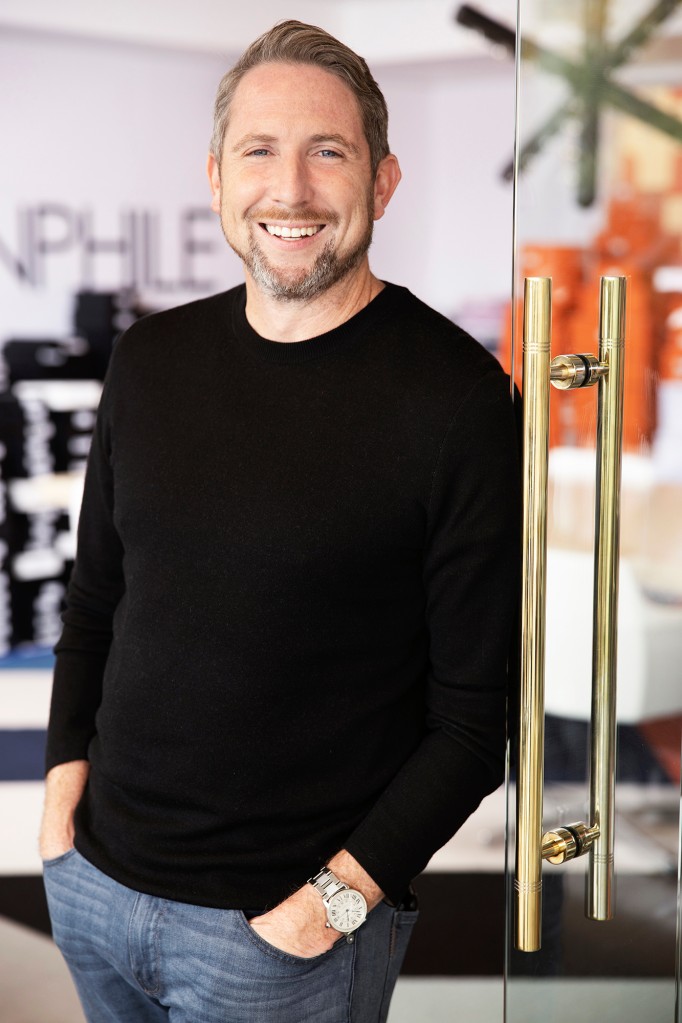
When he started out, Hemminger admitted, he would press a few bills into a few sales
associates’ palms to encourage them to mention that option. Handily, one of Fashionphile’s first brick-and-mortar locations was in an alleyway behind a line of boldfaced boutiques in Beverly Hills.
It’s now set to open a 4,000-square-foot warehouse and store in the Starrett-Lehigh building in New York City’s Chelsea neighborhood next month.
And three years ago, Neiman Marcus took a minority stake in the company and added in-store boutiques at several of its locations, making it even more convenient to trade up.
For some women, it’s a matter of getting rid of bad memories.
![Vintage dealer Lisa Stark told The Post that sales associates at Saks would tell high-spending customers to "bring their [old] bags to me."](https://fashnfly.com/wp-content/uploads/2022/03/The-secret-reasons-why-rich-women-resell-their-luxury-goods.jpeg)
“When I was engaged I bought Zimmerman, Alice and Olivia and Retrofete dresses for my shower and engagement parties,” said one woman who winters in Palm Beach and summers in the Hamptons. “The wedding was called off, and two years later I didn’t have room for their energy in my closet, so I sold them on the Real Real for almost what I paid for them.”
Some people even gamify their resell action.
Take the periodic offer Hermès extends to its most cherished clients: the chance to custom-order a “horseshoe” Birkin, specially stamped with the equine insignia that gives it its nickname. Clients are known to buy them just to sell them.
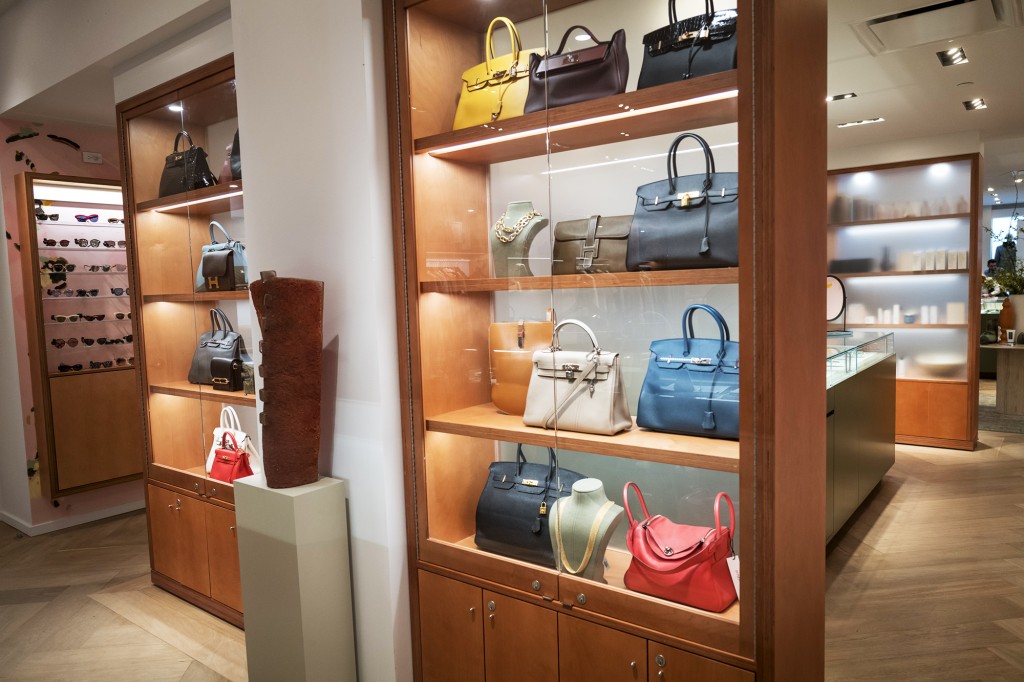
“Someone will call us and say ‘OK, I can get a horseshoe bag so what combination of colors do you want that will sell?’” Taylor said. A “horseshoe” bag that retails for $30,000-40,000 could fetch up to $100,000 when she resells it.
A socialite who works in the beauty industry told The Post: “I bought a Chanel bag five years ago for $6,000. I got tired of it, so in my latest closet clean-out, I dumped it on the Real Real for $7,400. Chanel recently announced that they were raising their prices so it was a fast sale.”
And if the secondhand market isn’t enough to fund a shopping habit, there’s always creative financing like Fashionphile’s Reserve program, which allows buyers to put down a 25 percent deposit, then pay off the balance over time.
“I asked one woman point-blank: ‘I know you can afford to buy this Birkin today, so why are you using our layaway program?’” Hemminger said. ” And she said, ‘My husband never looks at credit card charges under $5,000 so if I break it up into $4,000 increments he’ll never ask.’”



